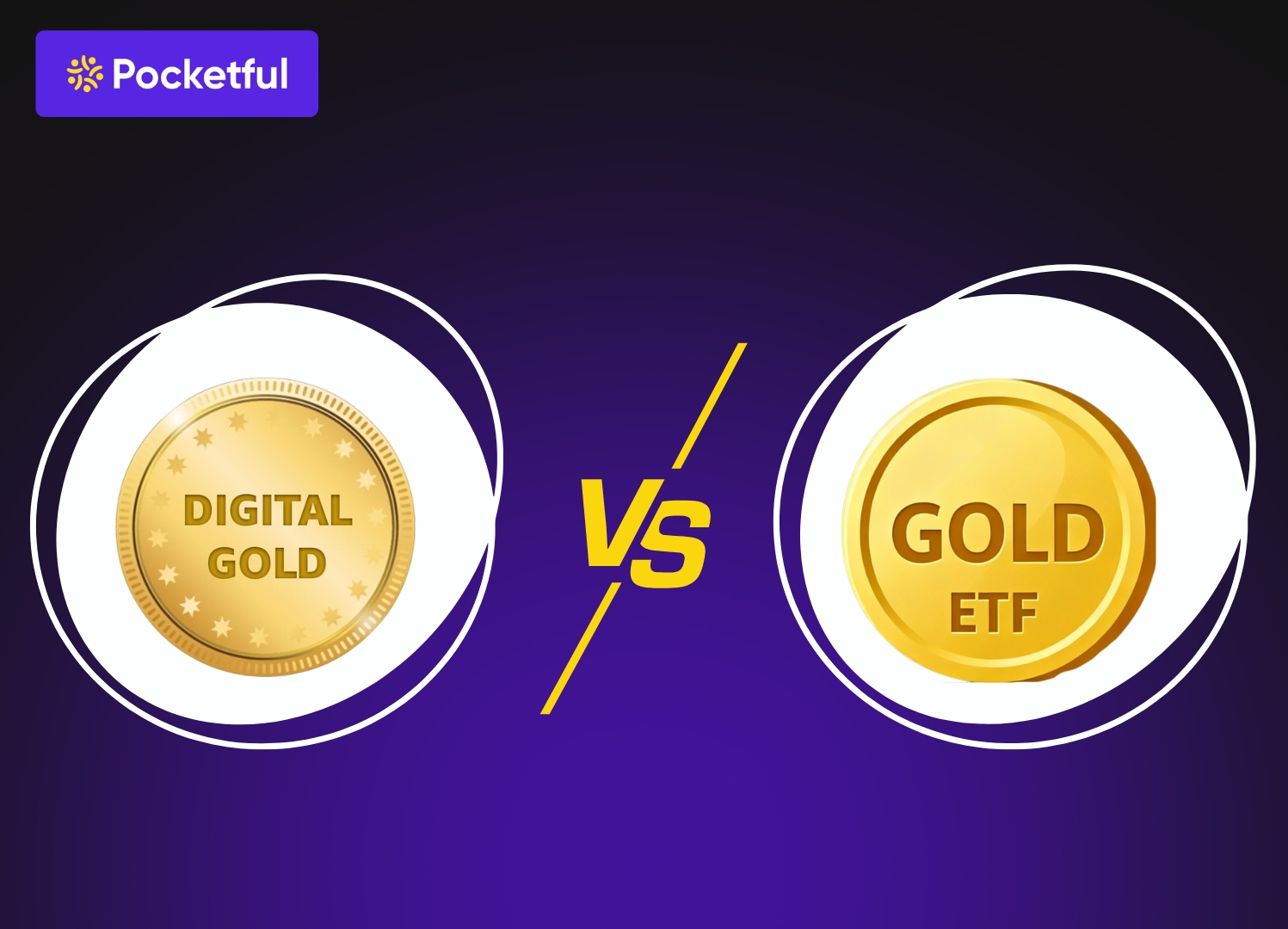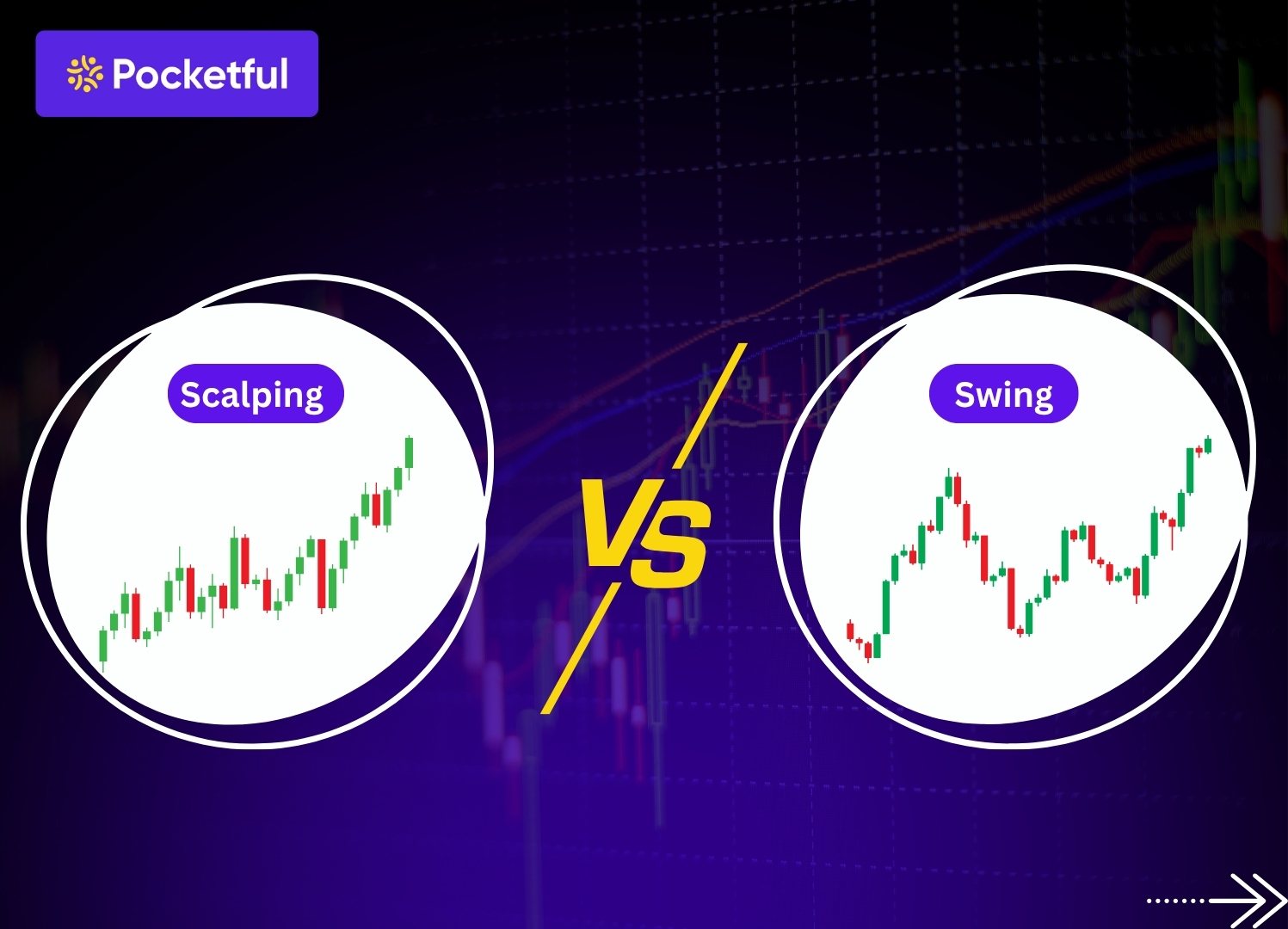Those are the days when stock trading needed long paperwork or sitting in front of a desktop all day. Now, trading fits in your pocket. With just a mobile app, you can buy, sell, and check stocks anytime, anywhere.
The rise of the best mobile trading apps in India has changed the way people invest. These apps are perfect and allow you to complete trades on the go. But with so many trade stocks in mobile India, it can be confusing. So, we have listed the top ones for you right here.
Explore the best mobile stock app that can help you with the right solutions and suggestions.
Why Mobile Trading Apps Are Popular in India
Trading apps have changed the way people invest. In the past, investors had to call brokers or sit in front of computers. Now, everything can be done on a mobile phone. This is why trading apps are growing so fast in India:
- Easy to Use: Anyone with a smartphone can buy or sell shares in just a few clicks.
- Anytime, Anywhere: You don’t need to sit in an office. You can trade while traveling, at home, or even during lunch breaks.
- Low Costs: Many apps charge very little compared to old brokers. Some even offer free trades.
- Live Updates: Apps show stock prices, portfolio value in real time and Daily news, so you never miss changes in the market.
- Learning Support: New investors get tutorials, blogs, and simple tips inside the app.
In short, mobile trading apps have made the stock market open for everyone, from big cities to small towns.
Read Also: 10 Best Stock Market Simulators for Beginners – Platforms and Apps
Quick Comparison Table of Top 10 Apps
| Mobile Trading App | Best For | Key Features | Brokerage Model |
|---|---|---|---|
| Pocketful | Beginners & small investors | Easy UI, learning resources, low brokerage | Discount |
| Zerodha Kite | Advanced traders | Charting tools, API access | Discount |
| Upstox | Cost-conscious traders | Free delivery trades, low intraday | Discount |
| Groww | Mutual fund investors | MF + Stocks + SIP tracking | Discount |
| Angel One | Full-service at low cost | Research calls, advisory | Hybrid |
| ICICI Direct | Beginners / casual investors | Simple interface, easy onboarding, mutual funds, stocks, IPOs | Discount |
| Paytm Money | Multi-investment options | Robust mobile platform | Full service |
| Sharekhan App | Beginners needing guidance | Tutorials, easy navigation | Full service |
| Motilal Oswal MO Trader | Long-term investors | Research-heavy reports | Full service |
| 5Paisa | Low-cost traders | Flat ₹20 per trade, robo-advisory | Discount |
1. Pocketful – Smart Trading for New Investors
Pocketful is one of the best mobile trading app in India. It is designed for new investors who want to start trading with confidence. The platform is very simple to use and offers you guidance at every stage. It offers you smart tools for stock selection and analysis of financial products. With Pocketful, beginners can learn, practice, and invest wisely. This can turn your investment steps into a proper defined pathway towards financial freedom and a confident trading journey.
What It Offers: From account opening (KYC) to buying your first share, Pocketful gives step-by-step help.
Features:
- Very low brokerage charges
- Easy learning guides inside the app
- Track stocks and F&O position in one place
- Open an account in a few minutes without paper
Best For: Students, young job holders, and beginners who want to start investing with ease.
2. Zerodha Kite – Strong App for Active Traders
Zerodha Kite is a powerful app tailored for active traders. The platform is known to offer value, speed, precision, and efficiency. It comes with some of the most advanced charting tools that can save time. The interface is clean and can help you with easy navigation. Comparison and analysis features are a great addition to the platform.
What It Offers: Live market updates, advanced charting, and instant order execution for quicker trading and decisions.
Features:
- Advanced charts with many indicators
- Option chain view for F&O traders
- Works well with Zerodha’s kite, mutual fund (Coin) and learning app (Varsity)
- Very fast and stable performance
Best For: Traders who want deep tools and trade often.
3. Upstox – Low Cost and Quick
Upstox is the mobile stock app that is made for traders who are looking for balance and speed. This is known for its low brokerage charges and quick analysis tools. The platform is easy to use and makes performance analysis really simple. From beginners testing the waters to seasoned investors, Upstox supports quick execution and smart decision-making at a lower cost.
What It Offers: Upstox provides low-cost trading, fast order execution, and reliable tools for a seamless and affordable trading journey.
Features:
- Free equity delivery trades
- Very low charges for intraday and F&O
- Quick account opening
- Easy design for all users
Best For: People who want low-cost trading with speed.
4. Groww – Simple for Stocks and Mutual Funds
Groww is mainly targeting investors who are looking for simplicity and long-term investment plans. It is one with a catchy interface that helps with clarity. The platform is great to invest in stocks, mutual funds, and ETFs without confusion. This is more famous among beginners of mobile stock apps in India.
What It Offers: Groww makes investing simple with easy account setup, direct mutual fund access, and stock trading in a user-friendly platform.
Features:
- Zero charges on direct mutual funds
- Easy SIP setup and tracking
- Very clean and simple dashboard
- Quick stock buying and selling
Best For: Investors who want both stocks and mutual funds in one app.
5. Angel One – Guidance Plus Trading
This is one of the oldest platforms for stock trading. It helps you not only trade stocks on mobile in India but also helps you gain investment experience. You can invest in almost all types of securities using the platform. With research-backed recommendations and intuitive tools, Angel One makes managing investments smarter and more convenient.
What It Offers: All-in-one access to financial products supported by research insights and easy-to-use trading tools.
Features:
- Stock advice and expert tips
- AI-based guidance
- Margin funding for traders
- Covers equity, F&O, and commodities
Best For: Beginners who want help and advice while trading.
6. ICICI Direct Markets – Safe with Banking Link
ICICI Direct Markets stands out for its strong banking heritage and trusted services. This is a platform for those who are not just looking to trade but also for recommendations and consistent support. The reports and analysis shared by the app make it one of the best mobile trading apps in India.
What It Offers: Secure trading platform with reliable solutions and journey support.
Features:
- High-level security
- 3-in-1 account for easy money transfer
- Options like IPOs, bonds, FDs, ETFs, and shares
- Trusted brand name of ICICI Bank
Best For: People who want full safety and bank-linked service.
7. Paytm Money – Beginner-Friendly and Simple
Paytm Money is popular among new investors for its easy-to-use interface and seamless digital onboarding. The app allows users to invest in stocks, mutual funds, IPOs, and F&O with minimal hassle. Its integrated ecosystem with Paytm wallet and banking features makes transactions smooth and convenient.
What It Offers: Low-cost investing with a simple interface and easy portfolio management.
Features:
- Access to stocks, mutual funds, IPOs, and F&O
- Simple digital onboarding in minutes
- Real-time portfolio tracking
- Easy-to-use interface suitable for beginners
What It Offers: low-cost investing in stocks, mutual funds, IPOs, and F&O with a simple, beginner-friendly interface and real-time portfolio tracking.
8. Sharekhan Mobile App – Good for Learners
Sharekhan Mobile App offers you a blend of options and decisions at the same time. It is known for its simple guidance mechanism and learning support. The platform offers a smooth experience and also helps the traders and investors with quick decision-making.
What It Offers: Guided trading, research insights, and multi-asset access in a simple and user-friendly platform.
Features:
- Free tutorials and learning material
- Simple design for placing orders
- Good research support
- Many options like shares, mutual funds, and derivatives
Best For: New investors who want clear learning support.
9. Motilal Oswal MO Trader – Research App
Motilal Oswal is built for investors who value expert research and long-term wealth creation. Known for its strong research base, the platform offers equities, derivatives, mutual funds, IPOs, and portfolio management services. Using the built-in tools, you can make quicker investment calls.
What It Offers: Motilal Oswal delivers research-backed recommendations, diverse investment options, and advanced trading tools for smarter investing.
Features:
- 30,000+ company reports
- Stock SIP option
- Trading in equity, derivatives, and commodities
- Personal suggestions based on goals
Best For: People who like long-term investing with proper research.
10. 5Paisa – Flat ₹20 Trading
5Paisa is designed for cost-conscious investors who want a fully digital trading experience. It offers one of the lowest brokerage charges, and there is no heavy paperwork involved when you are using this platform. This user-friendly app is all you need to perform trades which are quick and effective.
What It Offers: 5Paisa provides low-cost trading, multi-product access, and a seamless digital platform for budget-friendly investing.
Features:
- Flat ₹20 brokerage on every trade
- Robo-advice for easy investing
- Ready investor packs for goals
- Covers stocks, mutual funds, insurance, and more
Best For: Traders who do high volume and want to save maximum money.
Read Also: Best Trading Apps in India
Conclusion
The best mobile trading app in India depends on what you need. If you are new, Pocketful is a great choice because it is simple, has learning help, and charges low fees. If you are an experienced trader, Zerodha and Upstox are better with their strong charts and low costs. If you want simplicity, Pocketful and Rupeezy are your go-to options.
In the end, the right app should fit your style of trading, your budget, and how much support you need.
If you are ready to begin, try Pocketful today — a smart, easy, and affordable way to trade stocks on your phone.
Frequently Asked Questions (FAQs)
Which mobile trading app is best for beginners in India?
Pocketful, Groww, and Angle One are good for beginners because they are simple to use and give learning help.
Which app has the lowest brokerage?
Upstox and 5Paisa are the cheapest. They give free delivery trades and very low charges for other trades.
Can I invest in mutual funds using these apps?
Yes. Apps like Groww and Zerodha let you invest in mutual funds easily.
Are mobile trading apps safe in India?
Yes, they are safe. Apps from SEBI-approved brokers like Pocketful, ICICI Direct & Zerodha use strong security.
Which is better: full-service broker app or discount broker app?
Discount broker apps are best if you want to save money. Full-service broker apps are good if you want advice and research support.










